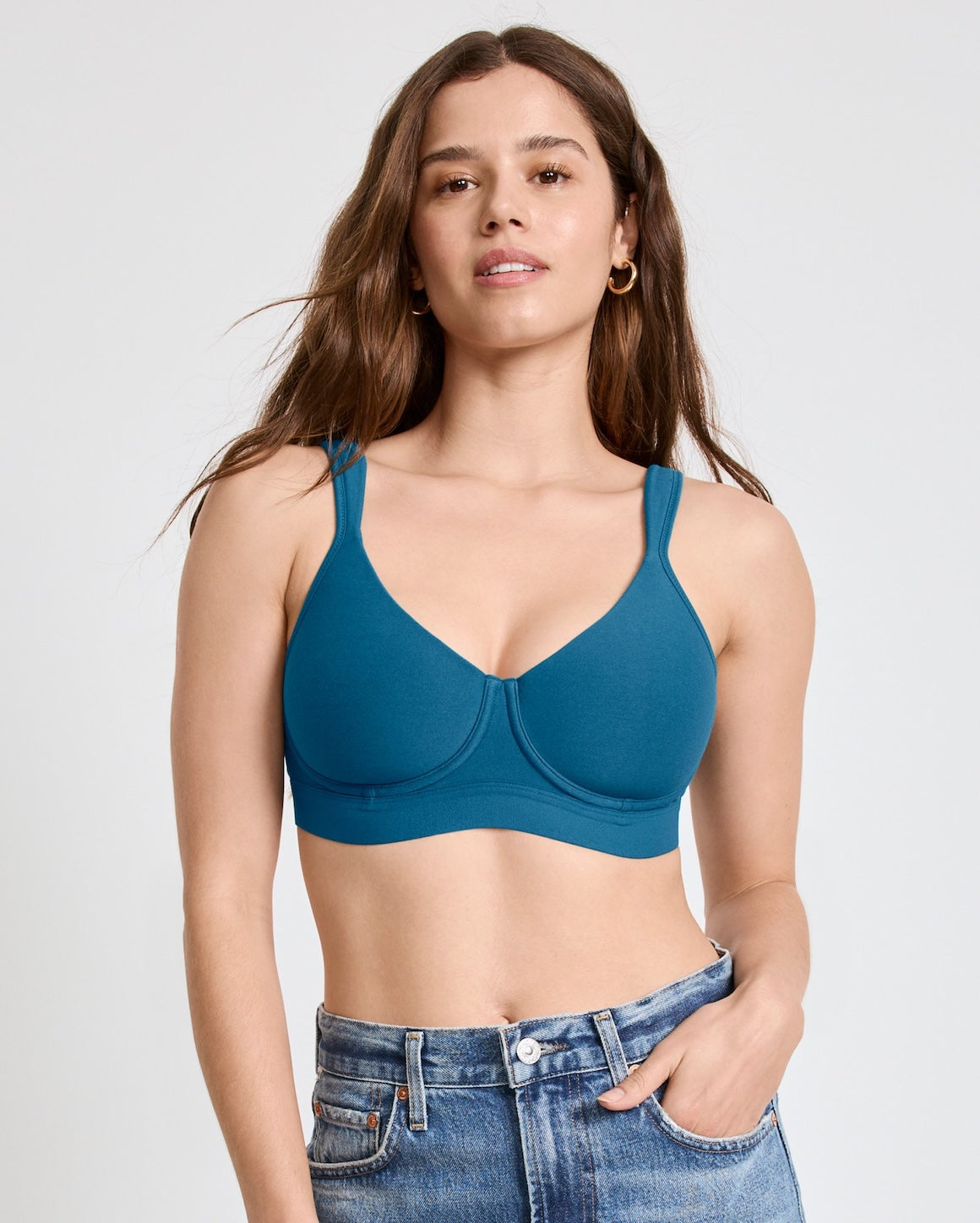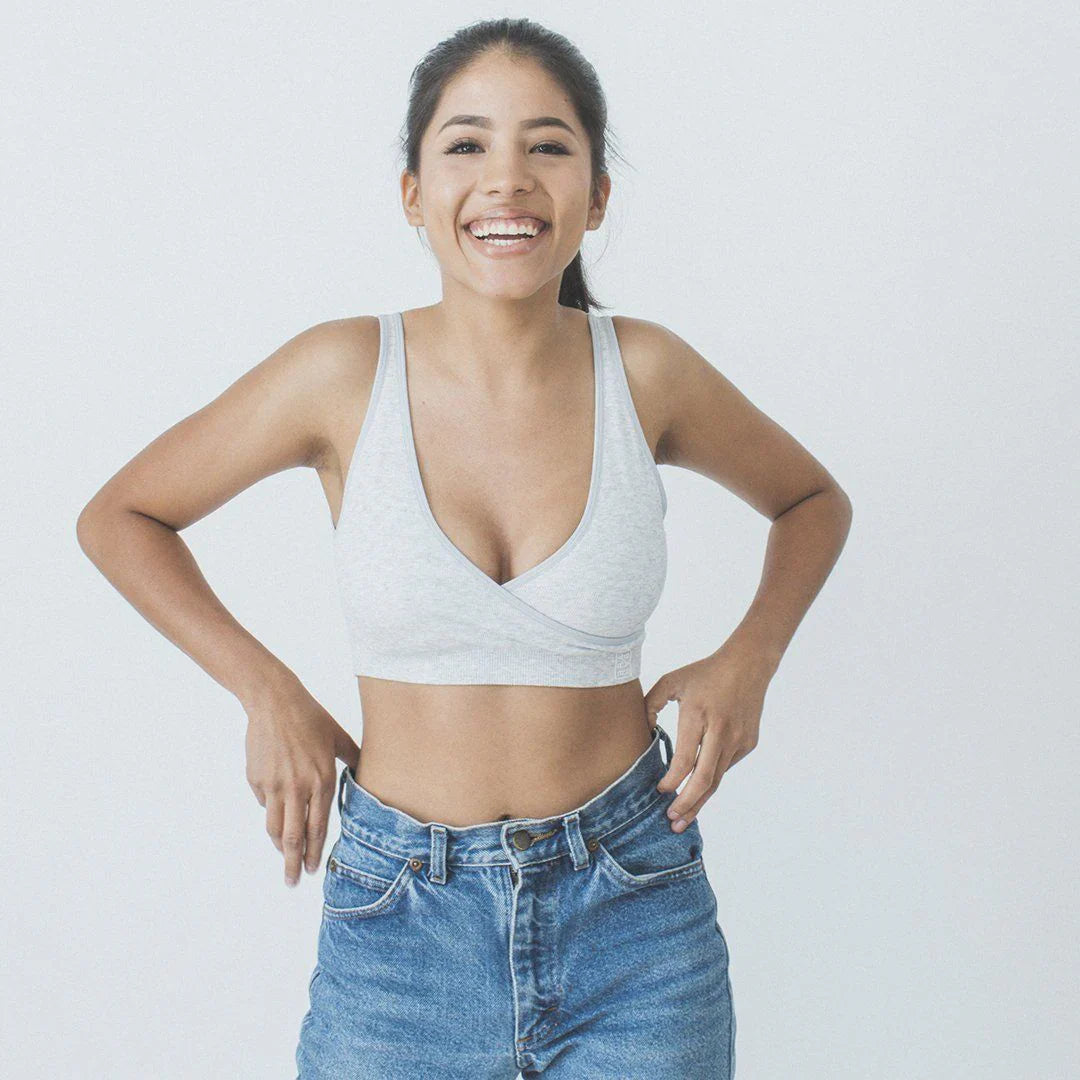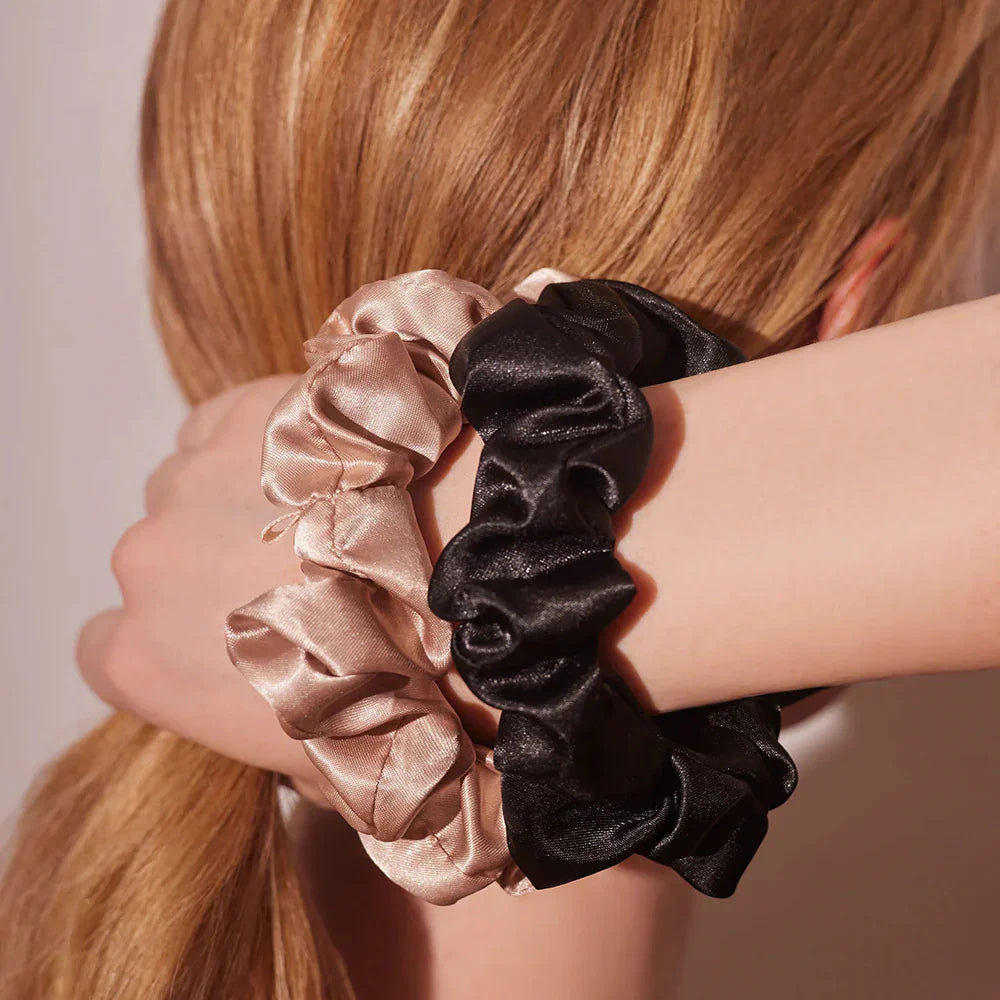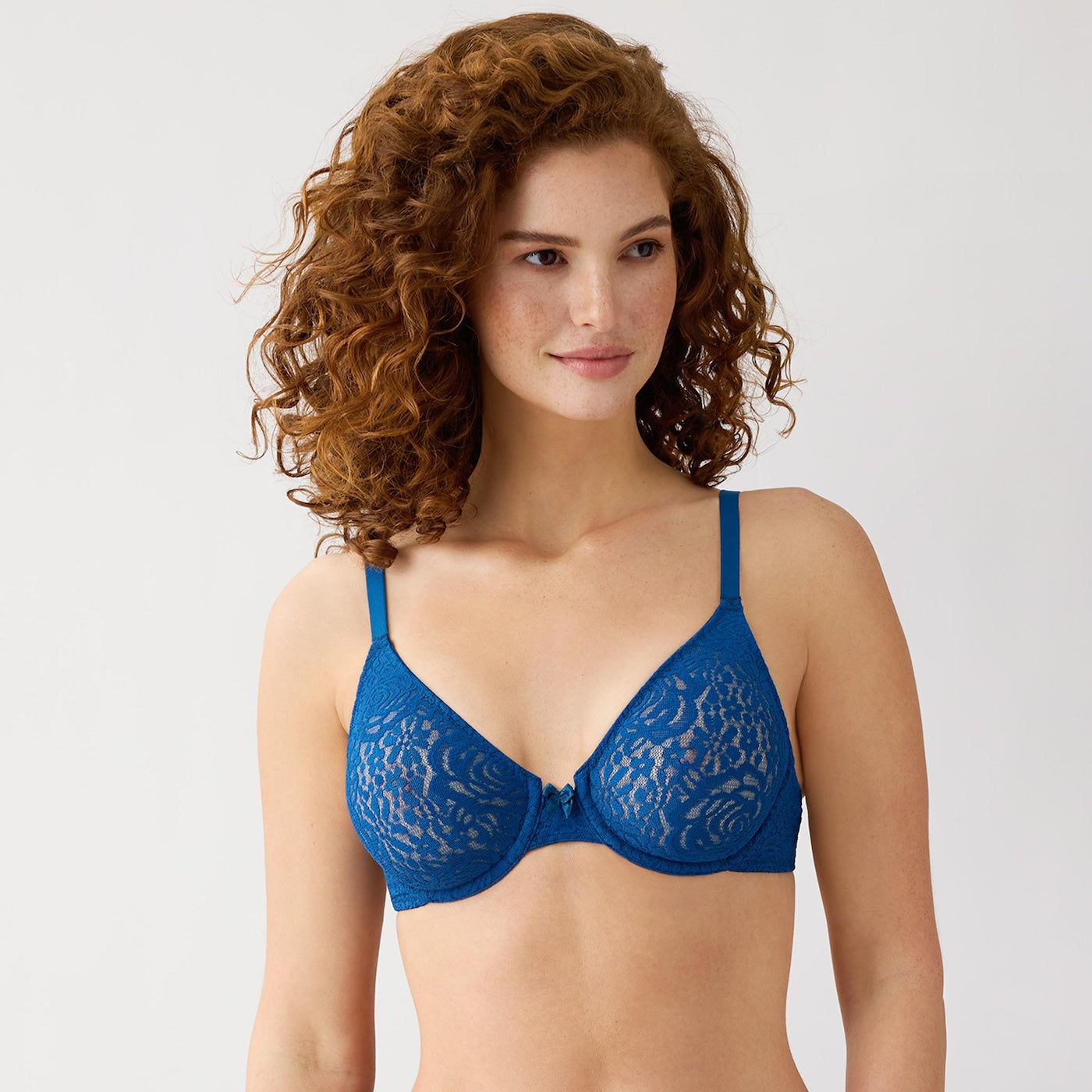7 Inch Difference Cup Size: Understanding Your Bra Fit

If you measure a 7 inch difference cup size between your bust and band size, you are likely looking at a G cup in bras. Understanding this can help you find a well-fitting and comfortable bra. In this article, we’ll explain what this measurement means and guide you through the process of accurately measuring yourself. A 7-inch difference between bust and band size typically indicates a G cup, which is essential for supporting fuller busts. Proper bra fitting requires accurately measuring both band and bust sizes, as miscalculations can lead to discomfort and health issues. Understanding bra sizing, including sister sizes and international variances, is crucial for selecting a bra that provides optimal support and fit.
What Does a 7 Inch Difference Mean?
A 7-inch difference between your bust and band size indicates a specific cup size in the intricate world of bra fitting:
-
This difference typically corresponds to a G cup, one of the larger sizes available.
-
As you move up the alphabet in bra sizing, the cup sizes increase.
-
A G cup offers more room and support for fuller busts and is often considered when evaluating bust size.
The band size, represented by the number in your bra size, is equally crucial. It measures the circumference around your rib cage and provides most of the support for your breasts. The band measurement should fit snugly without being too tight, ensuring that your bra stays in place and provides the necessary support throughout the day.
Understanding this 7-inch difference is the first step in finding a bra that fits well and feels comfortable. It’s not just about the cup size; the band size plays a significant role in the overall fit and support, making it essential to get both measurements right and understand the differences.
How to Measure for a 7 Inch Difference Cup Size

To determine if you have a 7-inch difference and to find your correct bra size, you’ll need a soft tape measure. Start by measuring your band size. Wrap the measuring tape snugly around your ribcage, just beneath your bust, and round the measurement to the nearest even number. The number represents your band size. It is an important measurement for fitting.
Next, measure your bust. With the tape measure, measure around the fullest part of your bust, making sure the tape is level and snug but not tight. This under bust measurement will help determine your cup size.
To find out if you have a 7-inch difference, follow these steps:
-
Subtract your band size from your bust measurement.
-
The difference in inches will indicate your cup size.
-
For example, if your band size is 34 inches and your bust measurement is 41 inches, the 7-inch difference corresponds to a G cup.
This process is straightforward but essential for finding a good starting point for a bra that offers both comfort and support.
Bra Size Calculation: Band and Cup Sizes
Calculating your bra size involves both the band size and the cup size. To find your band size: Once you've determined your size, you might want to explore different styles, such as the no underwire push-up bra, which offers support and comfort without the discomfort of traditional wires.
-
Measure around your ribcage, just under your breasts.
-
If the measurement is an odd number, add 5 inches.
-
If the measurement is an even number, add 4 inches.
For example, a measurement of 29 inches would round to 34, making your band size 34.
Next, measure your bust over the fullest part while wearing a well-fitting bra. This will give you your bust measurement. The difference between your bust and band size will determine your cup size, with each inch of difference representing an increase of one cup size.
This calculation is crucial for ensuring your bra fits correctly. Understanding the relationship between your band and bust measurements helps in selecting a bra that supports and fits well, eliminating common discomforts associated with ill-fitting bras.
Understanding Cup Volume and Fit
Each bra cup size represents a specific increase in breast volume, with each letter grade indicating roughly an inch of difference in bust measurements. As you move from a D cup to an H cup, the volume increases significantly to accommodate fuller breasts.
The fit of the bra cups is paramount. A well-fitting cup should encapsulate your breast tissue fully, with no spillage or gapping. This ensures not only comfort but also the proper appearance and functionality of the bra you wear, making it a perfect fit.
Cup volume can vary based on band size. This variation is an important factor to consider. For instance, a 34C has less volume than a 36C. Thus, a larger band size with the same cup letter will have more cup volume. Factors such as breast shape and the style of the bra can significantly influence the fit, making it essential to consider these elements alongside your band and cup size measurements, especially if you are looking for a bigger cup size.
Sister Sizes for a 7 Inch Difference
Sister sizes are an excellent concept to understand, especially if you have a 7-inch difference. These are bra sizes that have the same cup volume but same size different band sizes. For example, a 36B has the same cup volume as a 34C or a 38A.
Adjusting your band size up or down while changing your cup size in opposite directions can help achieve a better fit. This is particularly useful if your regular size is unavailable or uncomfortable.
Identifying your sister size can make a significant difference in finding the right bra size that fits well and provides optimal comfort.
Common Fit Issues with Large Cup Sizes
Large cup sizes often come with their own set of fit issues. A common mistake is choosing a band size that’s too large and a cup size that’s too small, leading to various problems. Common signs of an ill-fitting bra include discomfort from the band or overflowing breasts.
One typical issue is ‘quadriboob,’ where the cups are too small, causing the breasts to spill over the top. Sizing up can resolve this problem. Shoulder discomfort can also occur due to overly tight straps, indicating that the band size may need to be smaller to better distribute support.
Incorrect sizing can lead to health issues such as skin irritation, chronic pain, and posture problems. It’s also essential to choose a bra that accommodates the larger breast in cases of breast asymmetry for optimal comfort. Volume loss in breasts due to age or after pregnancy can also be addressed with specific bras designed to provide the necessary lift and support.
Choosing the Right Bra Styles
Selecting the right bra style is crucial for ensuring comfort and support, particularly for larger cup sizes. A sports bra is excellent for physical activities, offering enhanced support and minimizing movement. Full coverage bras provide maximum support and are ideal for women with a larger bust. For more on why lingerie is an essential component of your wardrobe, find out the five must-haves every woman should own.
Different types of bras and their features include:
-
Balcony bras: Great for providing lift and enhancing cleavage without sacrificing comfort.
-
Plunge bras: Create a low-cut look while still offering some support, making them suitable for certain body types.
-
Minimizer bras: Designed to create a more streamlined silhouette for larger cup sizes.
The Importance of Adjustable Straps and Supportive Bands
The bra band serves as the primary support structure, responsible for about 80% of the overall support. Bra straps provide secondary support, contributing around 20%. Wider bra bands generally offer more support by distributing pressure evenly, reducing discomfort.
An appropriately fitted bra band should:
-
Lie flat and snug against the ribcage to ensure it does not band rides up.
-
If straps are digging into the shoulders, it may indicate that the band is too loose or not the proper size, potentially leading to red marks.
-
Straps can be adjusted for a customized bra fit, providing additional lift, especially for larger breasts.
International Sizing Variations

Bra sizes can vary significantly across different brands and countries, making standardization a challenge. Sizes particularly vary beyond D cups, with some countries using different sizing systems, including a bra size chart for bra cup sizes. For example, Australia’s sizing system starts at 8, equivalent to a US size 30.
Using international conversion charts is essential for accurate fitting because:
-
Sizes can differ significantly across brands.
-
A bra size conversion chart can help in understanding these variations.
-
It assists in finding the right fit regardless of the country, especially when referring to a size chart.
Why Regular Measurement is Crucial
Regular measurement is crucial due to changes in body weight or hormonal levels, which can significantly impact the fit and size of bras. Many women may find themselves in the wrong bra size due to variations in sizing standards across different measurements and different brands. As bodies change, it becomes even more important to ensure proper fitting.
It is advisable to measure your bra size regularly, at least once a year, to ensure a proper fit. This regular check helps in maintaining comfort and support as your body changes over time.
Summary
Summarize the key points discussed in the blog post:
-
Understanding the 7-inch difference and its implications for bra sizing.
-
The importance of accurate measurements for band and cup sizes.
-
How to calculate and find the right fit.
-
Addressing common fit issues and understanding sister sizes.
-
The significance of adjustable straps and supportive bands.
-
Navigating international sizing variations.
-
The necessity of regular measurements.
End with a motivational statement on the importance of proper bra fitting, encouraging readers to take the time to find their perfect fit and enjoy the comfort and confidence it brings.
Frequently Asked Questions
How do I know if I have a 7-inch difference between my bust and band size?
To determine if you have a 7-inch difference between your bust and band size, measure both sizes and subtract the band measurement from the bust measurement; if the result is 7 inches, you are likely in a G cup.
What are sister sizes, and how can they help me find a better fit?
Sister sizes can help you find a better fit by allowing you to adjust your band size while changing your cup size in the opposite direction, ensuring you maintain the same cup volume. This can lead to more comfortable and suitable bra options.
Why do my bra straps dig into my shoulders?
Bra straps digging into your shoulders often suggest that the band is too loose or that you're not wearing the correct size. Consider adjusting the straps or selecting a bra with a more appropriate band fit for comfort.
How often should I measure my bra size?
You should measure your bra size at least once a year to ensure a proper fit, as your body can change over time. Regular measurements will help you maintain comfort and support.
What should I do if my usual bra size is unavailable?
If your usual bra size is unavailable, consider finding your sister size, which offers the same cup volume with a different band size, ensuring you maintain comfort and support. This approach can help you find a suitable alternative easily.


